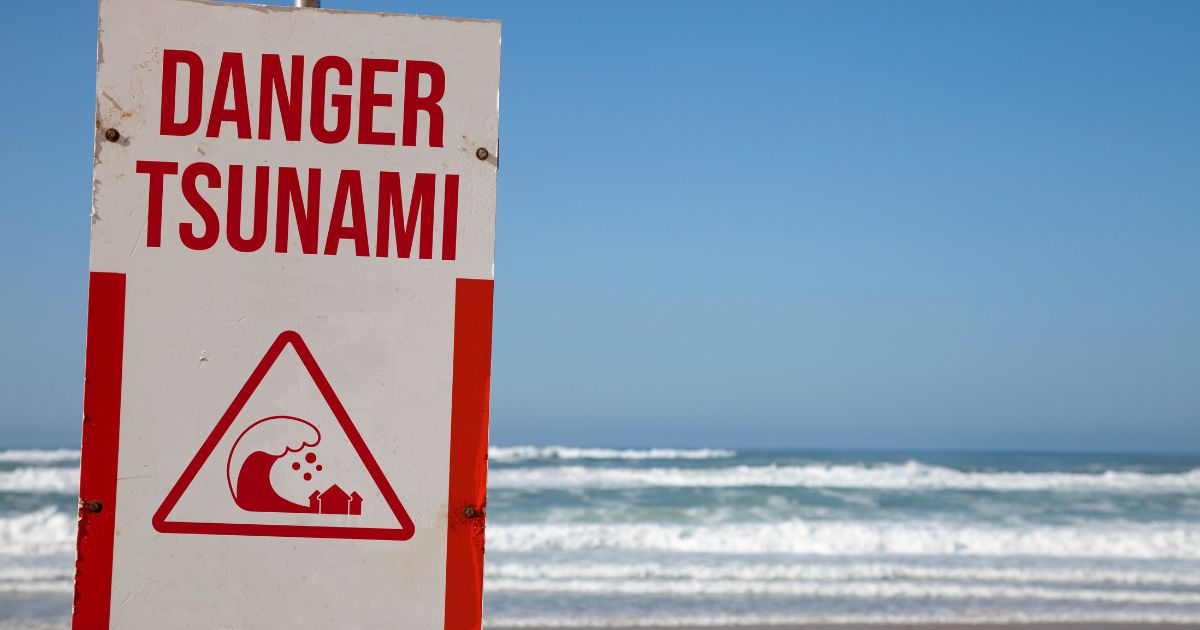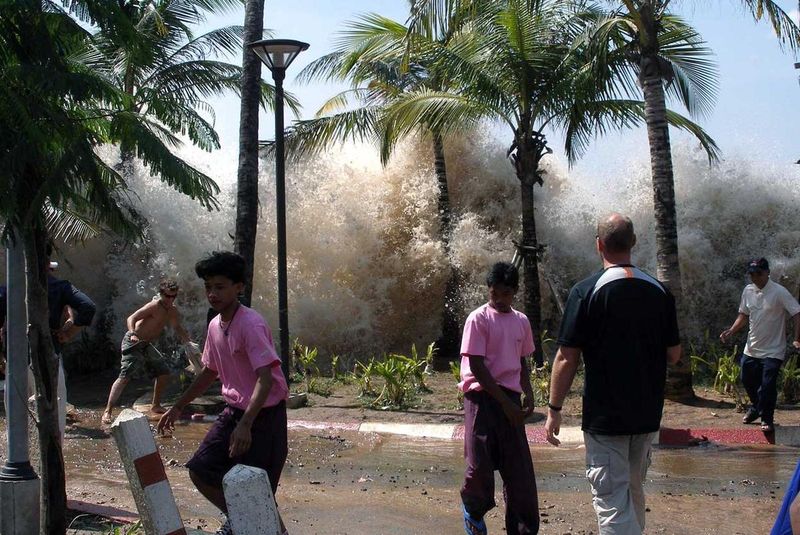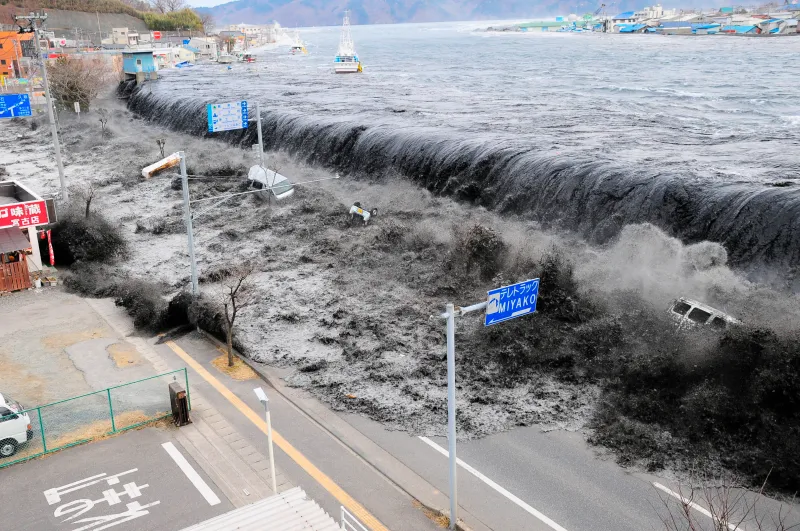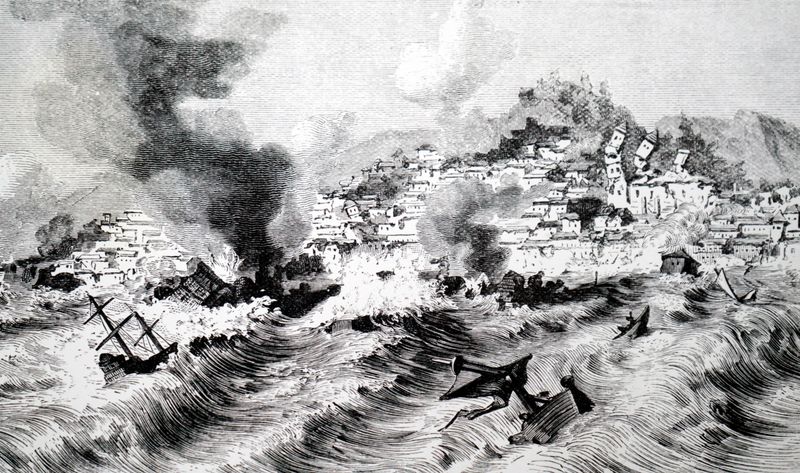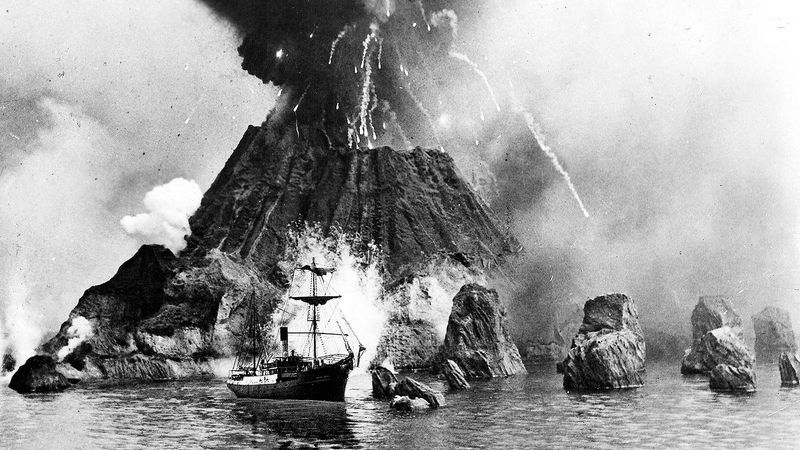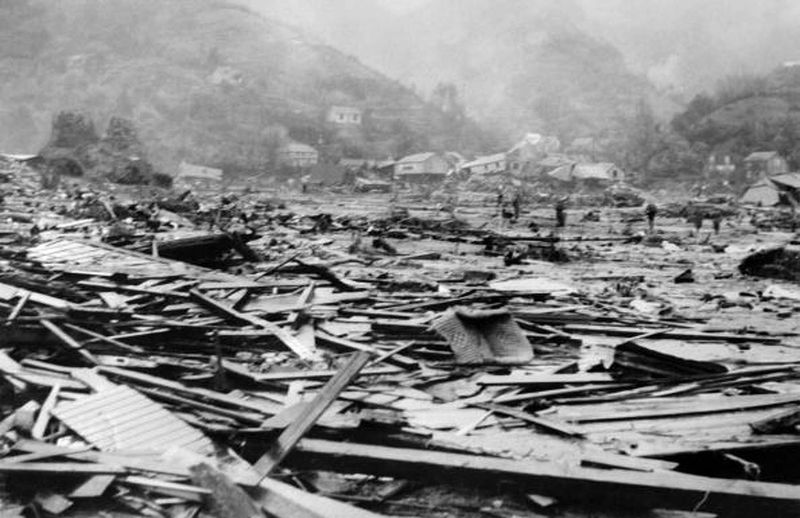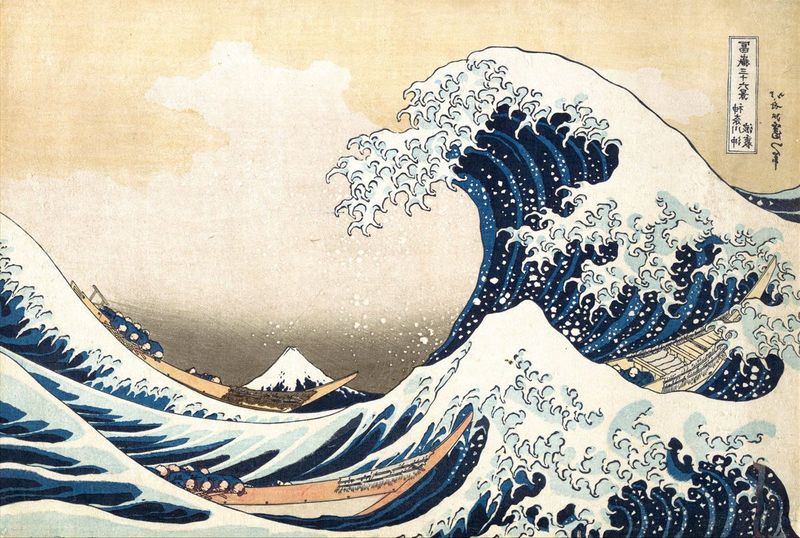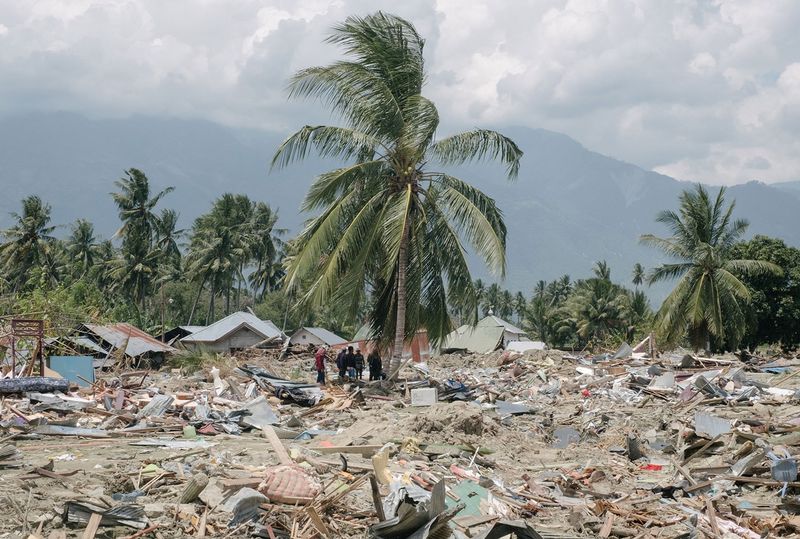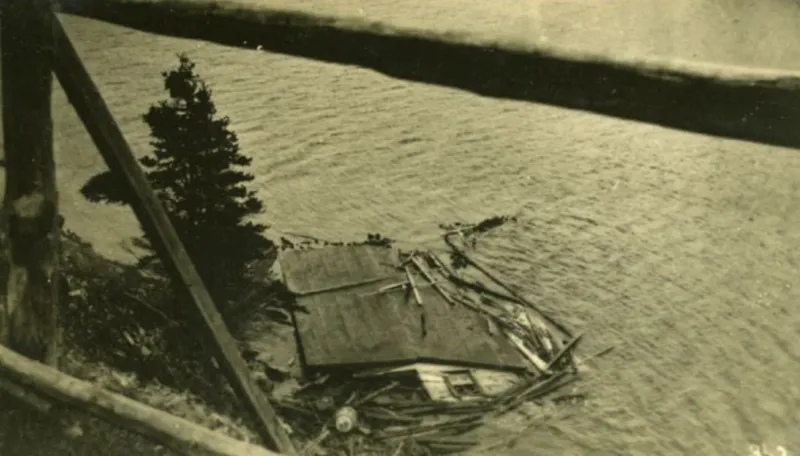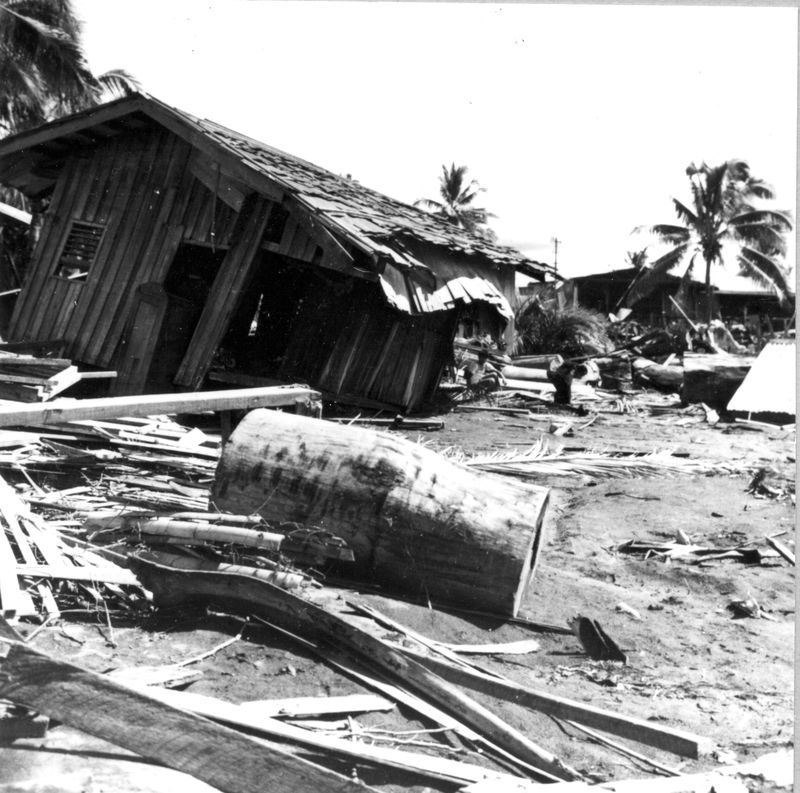Tsunamis are among the most devastating natural disasters, capable of unleashing incredible destruction and loss of life within moments.
These colossal waves result from undersea earthquakes, volcanic eruptions, or landslides. Throughout history, several tsunamis have left indelible marks on the communities they ravaged.
In this blog post, we explore ten of the deadliest tsunamis ever recorded, examining their causes, impacts, and the lessons learned from these catastrophic events.
1. 2004 Indian Ocean Tsunami
On December 26, 2004, the Indian Ocean tsunami struck, claiming over 230,000 lives across 14 countries. An undersea megathrust earthquake triggered this deadly wave.
Indonesia, Sri Lanka, India, and Thailand were the hardest hit, with vast areas devastated. Entire communities were swept away, and infrastructure suffered severe damage.
This catastrophe highlighted the need for early warning systems in vulnerable regions. The global response included massive humanitarian efforts.
Lessons from this disaster have led to improved preparedness and collaboration in emergency management, ultimately aiming to prevent such tragic outcomes in the future.
2. 2011 Tōhoku Tsunami
The 2011 Tōhoku tsunami struck Japan after a magnitude 9.0 earthquake. The towering waves caused widespread devastation, claiming nearly 16,000 lives and displacing thousands.
The Fukushima Daiichi nuclear disaster added a severe nuclear crisis to the natural calamity. Communities along Japan’s northeastern coast were hardest hit.
Japan’s response included rapid reconstruction and enhanced technological measures. This tragedy emphasized the importance of stringent safety protocols for nuclear facilities.
The world watched as Japan showcased resilience and determination in rebuilding devastated areas while learning crucial lessons in disaster management.
3. 1755 Lisbon Tsunami
The 1755 Lisbon tsunami, a result of a massive earthquake, struck Portugal’s capital with fury. It claimed thousands of lives and devastated the city’s infrastructure.
The quake and subsequent tsunami reshaped Lisbon, altering its architecture and urban planning. The event shook the entire continent, influencing philosophical and scientific advancements.
The disaster highlighted the need for better urban planning and earthquake-resistant structures. It served as a wake-up call for Europe, leading to improved disaster response strategies. This historical event remains a poignant reminder of nature’s power and the importance of preparedness.
4. 1883 Krakatoa Tsunami
The 1883 Krakatoa tsunami was triggered by one of the most violent volcanic eruptions in recorded history. It obliterated over 36,000 lives in Java and Sumatra.
The eruption of Krakatoa sent ash and pumice into the sky, darkening the region. The resulting tsunamis struck coastal areas, causing widespread destruction.
This event underscored the interconnectedness of volcanic activity and tsunamis. It prompted further studies into volcanic eruptions’ impacts on oceanic phenomena. The Krakatoa eruption remains a benchmark for understanding the potential devastation caused by volcanic tsunamis.
5. 1960 Valdivia Tsunami
The 1960 Valdivia tsunami followed the most powerful earthquake ever recorded—magnitude 9.5 in Chile. The seismic event triggered tsunamis that traveled across the Pacific.
The waves impacted Hawaii, Japan, and the Philippines, causing destruction and loss of life. In Chile, coastal communities were demolished, and the tsunami’s reach demonstrated the ocean’s vast connectivity.
This event underscored the need for global communication and coordination in tsunami warnings. The Valdivia earthquake and tsunami remain pivotal in improving international efforts for disaster readiness and response.
6. 1707 Hōei Tsunami
The 1707 Hōei tsunami followed a devastating earthquake off the coast of Japan. Thousands perished as the waves ravaged coastal villages.
The tsunami’s power was monumental, destroying infrastructure and reshaping landscapes. Its impact on Japanese society included shifts in architectural practices and community resilience.
This historic event highlighted the vulnerability of coastal regions to seismic activities. It led to enhanced understanding of tectonic movements and their potential for causing tsunamis, fostering improved preparedness in Japan’s coastal areas.
7. 2018 Sulawesi Tsunami
The 2018 Sulawesi tsunami struck Indonesia’s island of Sulawesi after a magnitude 7.5 earthquake. Palu city was severely impacted, with over 4,300 lives lost.
The waves devastated coastal areas, destroying homes and infrastructure. The unexpected nature of the tsunami caught many off guard.
This tragedy emphasized the importance of local preparedness and rapid response. It highlighted gaps in warning systems and the need for community-based disaster education. The Sulawesi tsunami reinforced the urgency for improved resilience in vulnerable regions.
8. 1908 Messina Tsunami
The 1908 Messina tsunami followed a powerful earthquake in southern Italy. It claimed over 80,000 lives, causing massive destruction in Messina and Reggio Calabria.
The tsunami waves compounded the earthquake’s devastation, leaving a lasting impact on the region. Infrastructure was obliterated, and social disruption ensued.
This tragic event underscored the need for improved building standards and emergency response mechanisms. It served as a catalyst for modernizing Italy’s disaster preparedness and highlighted the importance of community resilience in the face of natural disasters.
9. 1929 Grand Banks Tsunami
The 1929 Grand Banks tsunami followed a powerful underwater earthquake near Newfoundland, Canada. It claimed 28 lives and caused significant coastal damage.
Submarine landslides triggered the tsunami, demonstrating the complex interactions between seismic activity and ocean movements. Striking unexpectedly, the event caught communities unprepared.
This tsunami highlighted the need for better understanding of undersea geophysics. It spurred advancements in monitoring technologies and emphasized the importance of preparedness in regions vulnerable to underwater seismic events.
10. 1976 Moro Gulf Tsunami
The 1976 Moro Gulf tsunami struck the Philippines after a magnitude 7.9 earthquake. It devastated coastal communities, claiming over 5,000 lives.
The waves caused widespread destruction, leaving lasting scars on the affected regions. Infrastructure was decimated, and recovery was slow.
This event underscored the need for comprehensive disaster management strategies. It led to improved monitoring and community education initiatives, aiming to reduce the impact of future tsunamis.
The Moro Gulf tsunami remains a crucial case study in understanding and mitigating the risks posed by natural disasters.
